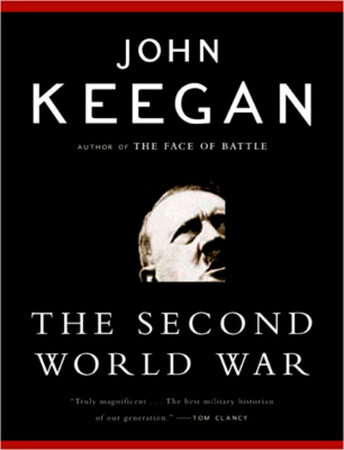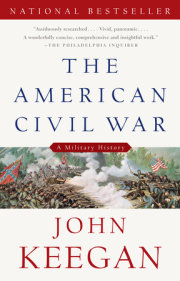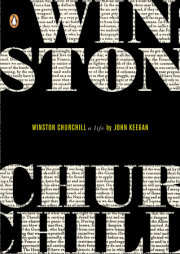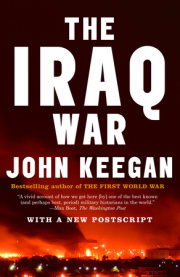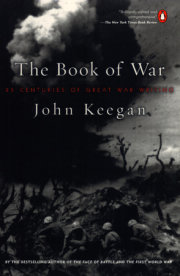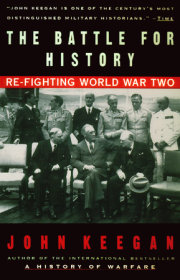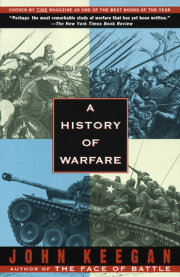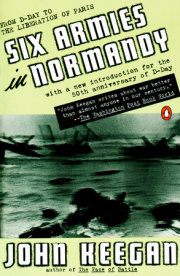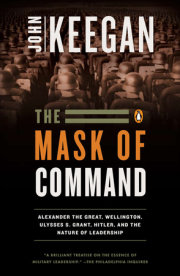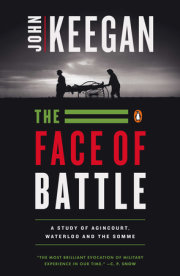The Second World War
Prologue1. Every man a soldier
2. Fomenting world war
Part I: The War in the West 1940-1943
3. The Triumph of Blitzkrieg
4. Air battle: the Battle of Britain
5. War Supply and the Battle of the Atlantic
Part II: The War in the East 1941-1943
6. Hitler's strategic dilemma
7. Securing the eastern springboard
8. Airborne battle: Crete
9. Barbarossa
10. War production
11. Crimean summer, Stalingrad winter
Part III: The War in the Pacific 1941-1943
12. Tojo's strategic dilemma
13. From Pearl Harbor to Midway
14. Carrier battle: Midway
15. Occupation and repression
16. The war for the islands
Part IV: The War in the West 1943-1945
17. Churchill's strategic dilemma
18. Three wars in Africa
19. Italy and the Balkans
20. Overlord
21. Tank battle: Falaise
22. Strategic bombing
23. The Ardennes and the Rhine
Part V: The War in the East 1943-1945
24. Stalin's strategic dilemma
25. Kursk and the recapture of western Russia
26. Resistance and espionage
27. The Vistula and the Danube
28. City battle: the seige of Berlin
Part VI: The War in the Pacific 1943-1945
29. Roosevelt's strategic dillemma
30. Japan's defeat in the south
31. Amphibious battle: Okinawa
32. Super-weapons and the defeat of Japan
33. The legacy of the Second World War
Bibliography and Index

